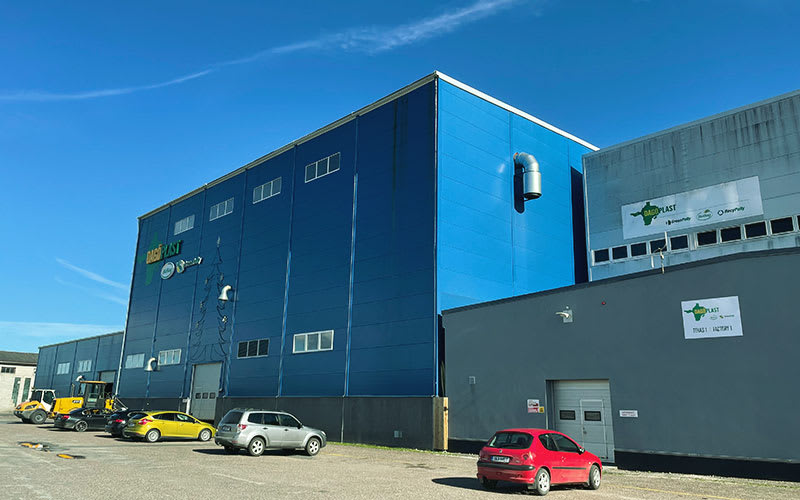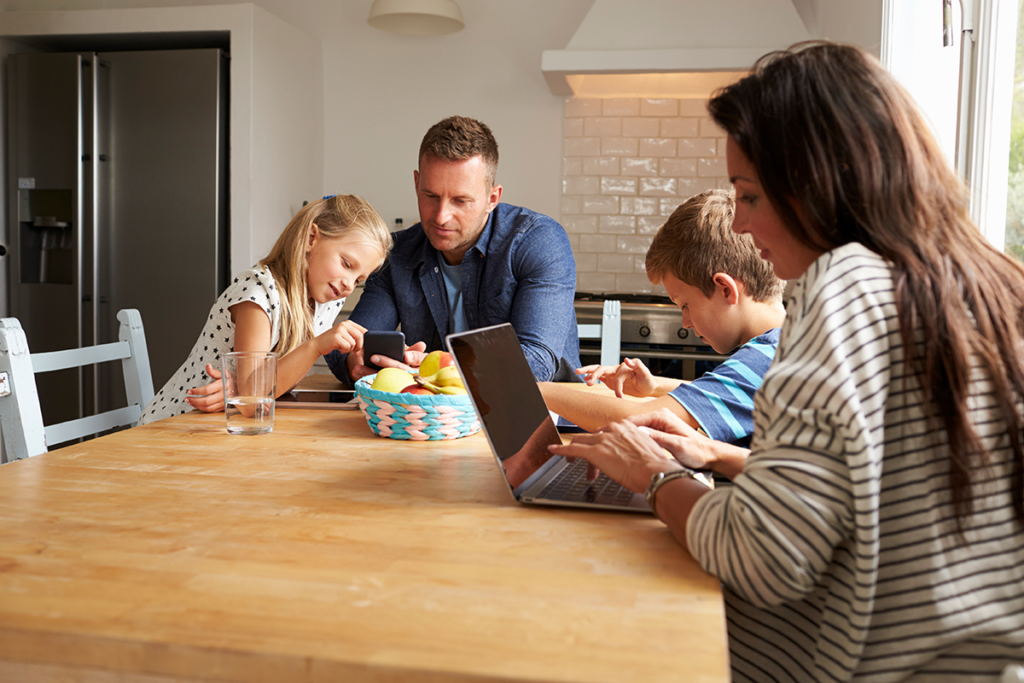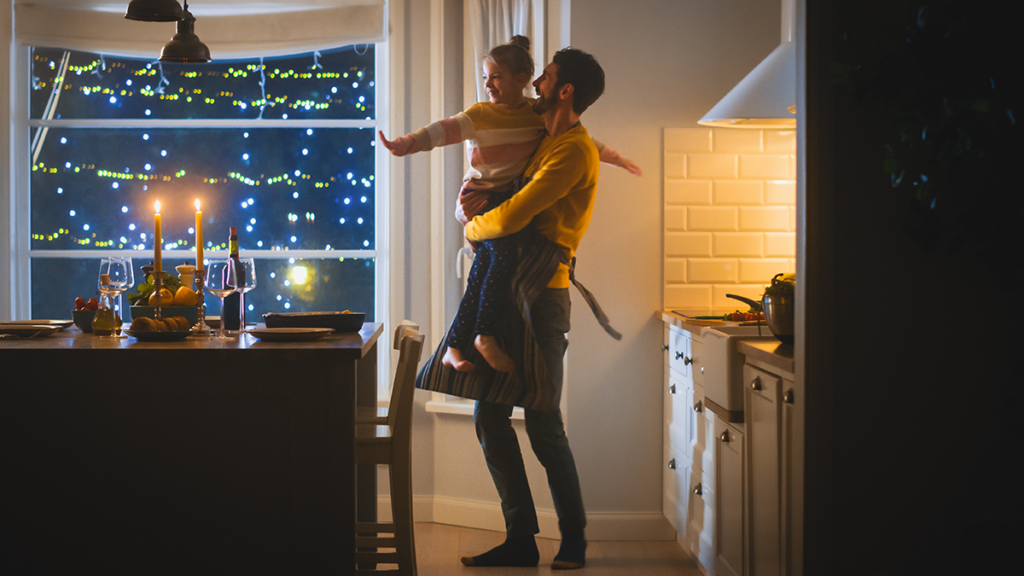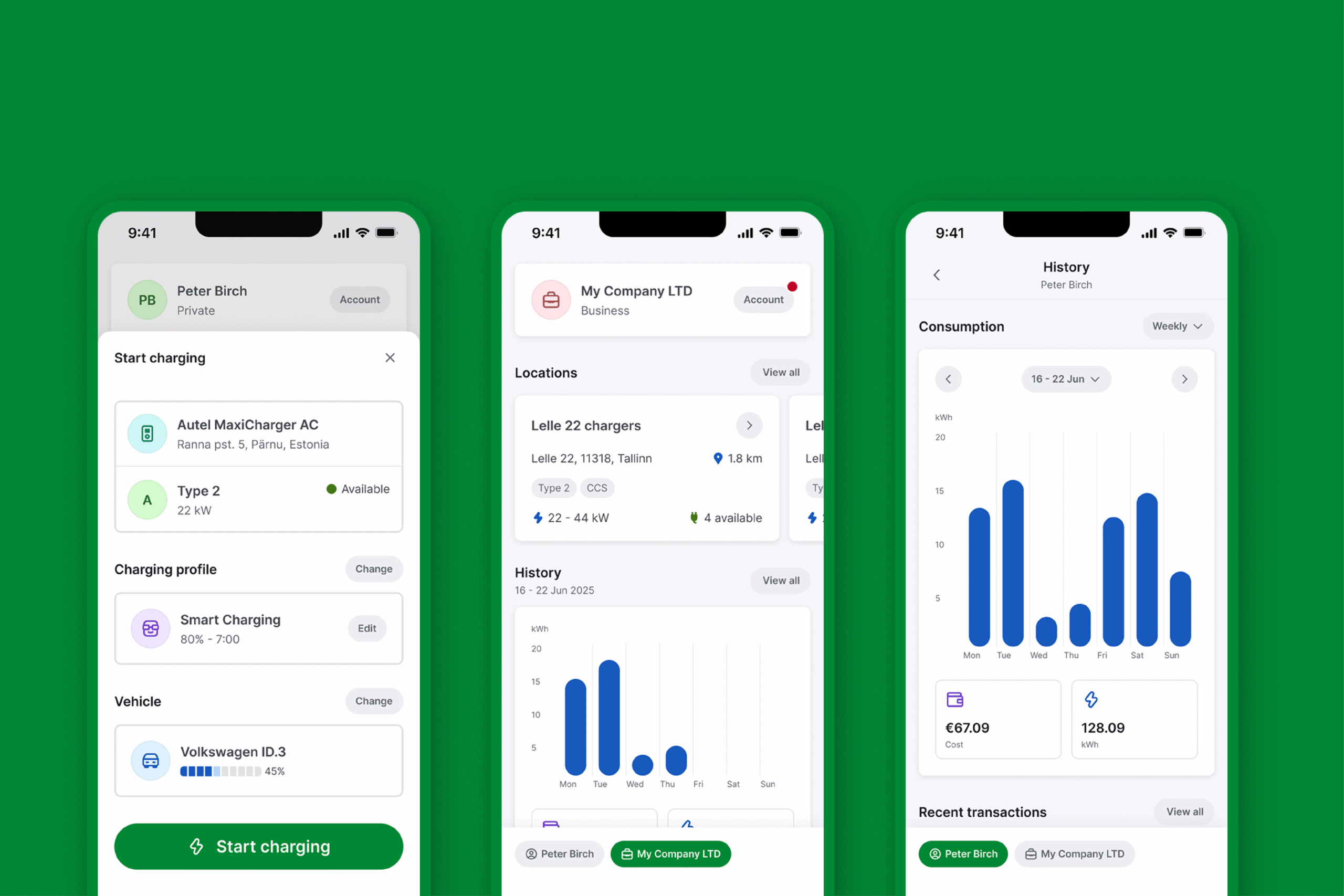Dagöplast is a film manufacturer that mostly uses recycled or biodegradable materials. In recent years, Dagöplast has only been consuming green energy, and solar panels will be installed on the roof of one of their production buildings by autumn. Kulvo Pendra, the company’s Chief Executive, is going to tell us more about Dagöplast’s journey to zero.

Tell us more about Dagöplast.
Dagöplast is a company established in Hiiumaa in 1998 that manufactures recycled film products and biodegradable film materials. To some extent, we use primary polyethylene as raw material as well as CO2-neutral polyethylene produced on the basis of sugar cane.
About 10% of our production remains in Estonia, while most is sold to Scandinavia, England, Ireland and the United States.
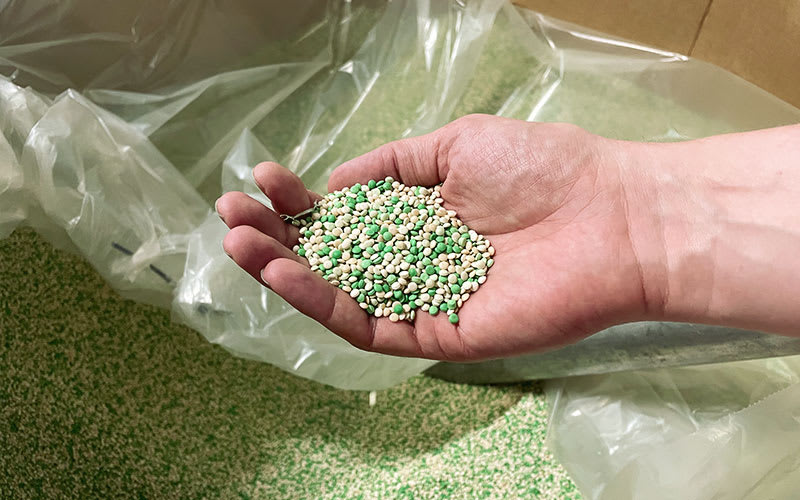
How easy or difficult is it for the plastics industry to operate in circumstances where, on the one hand, there is an expectation to reduce plastics, and on the other hand, these products are needed?
We provide solutions that help customers to be more environmentally friendly and reduce their CO2 footprint. So, we manage.
The easiest way is to collect food waste in a biodegradable bag and turn it into biogas or compost. Recycled materials are suitable for many types of packaging and for garbage bags. If you want to be carbon neutral, but you can’t use recycled materials, such as in medicine, then polyethylene made from sugarcane is a good alternative.
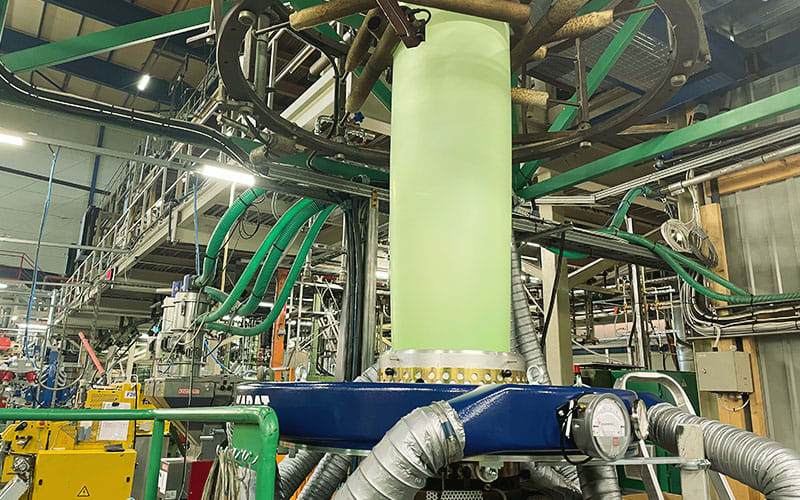
Did Dagöplast decide on a long-term wind energy contract in order to secure itself in the volatile energy market, or based on environmental friendliness instead?
In fact, we signed our green energy contract when electricity exchange prices were still around €30-35/MWh. Therefore, at the time, we entered into a five-year contract at higher prices. The decision was based on reducing our production footprint.
Our business is quite energy-intensive – approximately 5.8 GWh per year – and if you compare the carbon footprint of film materials produced with conventional or green electricity, the difference is noticeable.
The logic was also in the fact that the purchase of wind energy contributes to the development of new wind farms. In other words, the project must be supported today in order to reach the masses in the future with the price of electricity becoming more affordable.
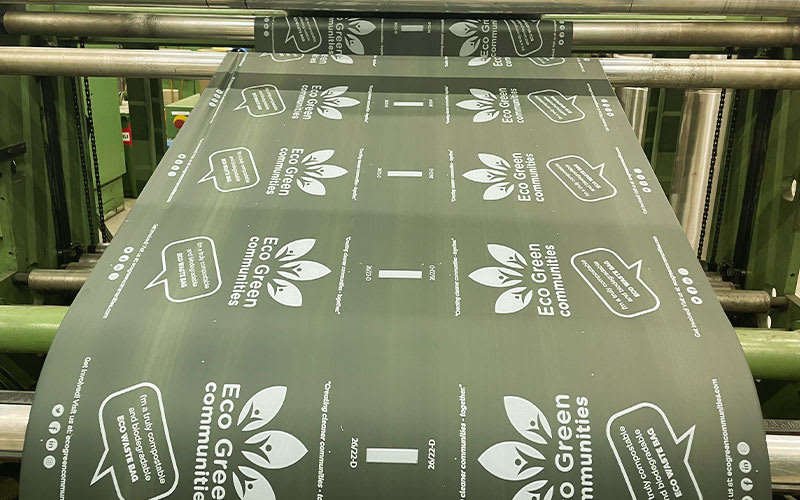
By the middle of October at the latest, solar panels should be in place on the roof of one of your production buildings?
We have had a desire for them for a long time. It took some time to check the bearing capacity of our roof surfaces. The solar park will have a capacity of 135 kW. Compared to our consumption, the volume is quite small, but the entire output will be immediately consumed.
We can’t connect our panels to the grid, but we don’t let that discourage us. In the future, we may think about expanding the solar park and adding a storage solution.
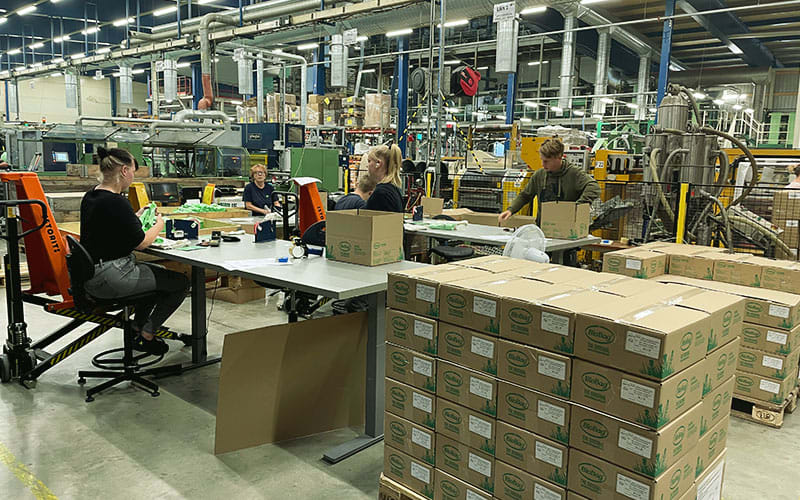
How do you benefit from these activities?
I think it’s important for our employees, owners, and for many others we interact with. Dagöplast has many customers whose procurement conditions state that additional points can be obtained for having green energy solutions.
We want people not to think of Dagöplast as just a plant that manufactures film, but to see our impact in making the world a better place.
Of course, in order to change the world, a lot of people have to go along with various green solutions. And these solutions must be simple, convenient and user-friendly. We provide one of those.
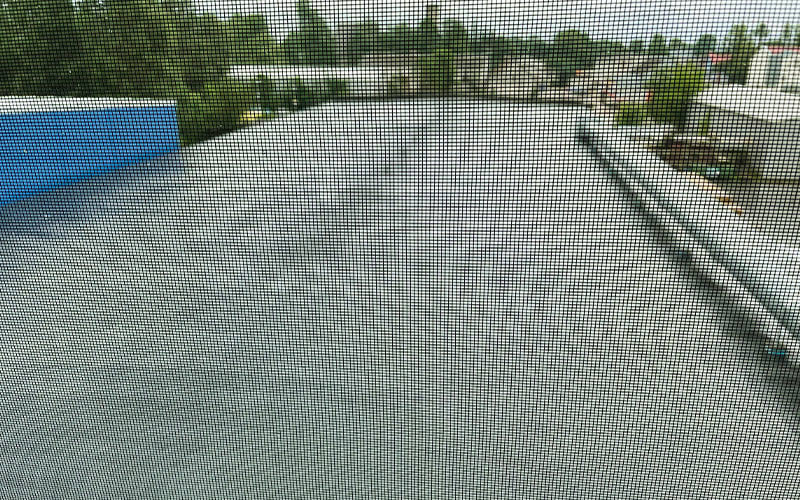
Do you have any other activities to be more economical? Or do you have something planned for the future?
We have had a resource saving program running for several years, the main focus of which is on material saving. We are constantly dealing with digitalisation, increasing production stability and line setup speed, reducing scrap, etc.
In addition to our new production buildings, we use old soviet factory premises. Our parent company’s position is that industrial sites must be reused, as construction is a very CO2-intensive activity.
We also have the mindset of reducing resource consumption inside the house: we sort waste and compost. We grow herbs on our homemade compost and use them when we eat or cook together.
Our future plans include the use of residual heat generated during production in the municipality’s new boiler house.
